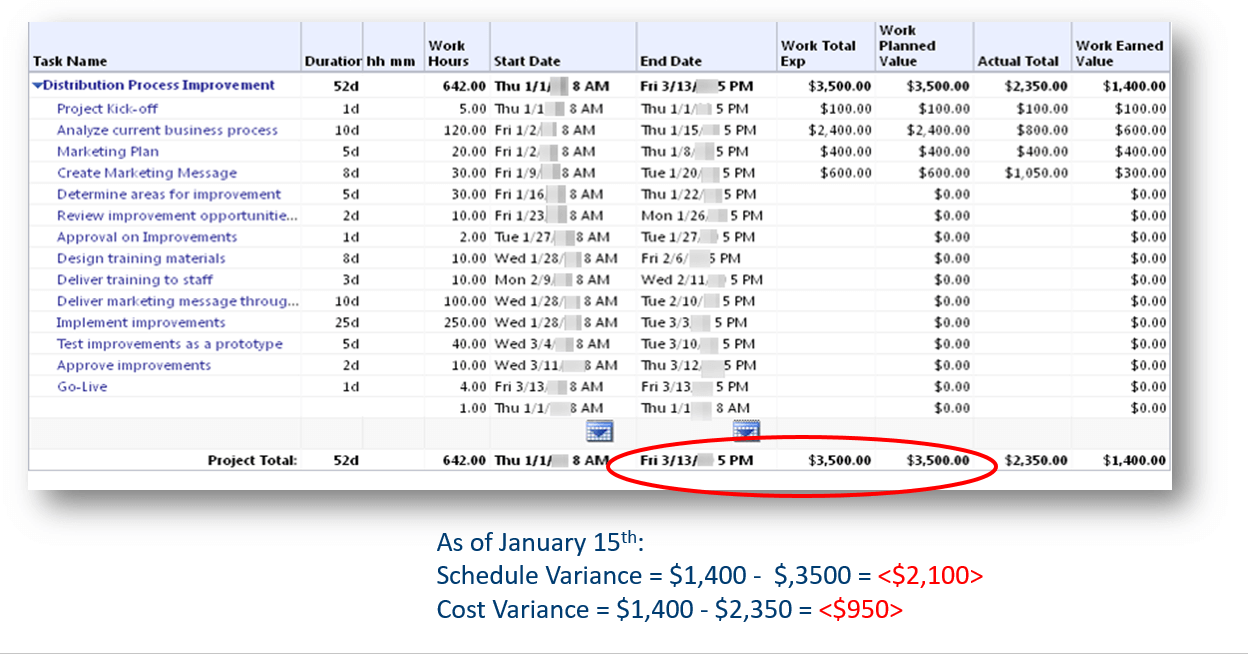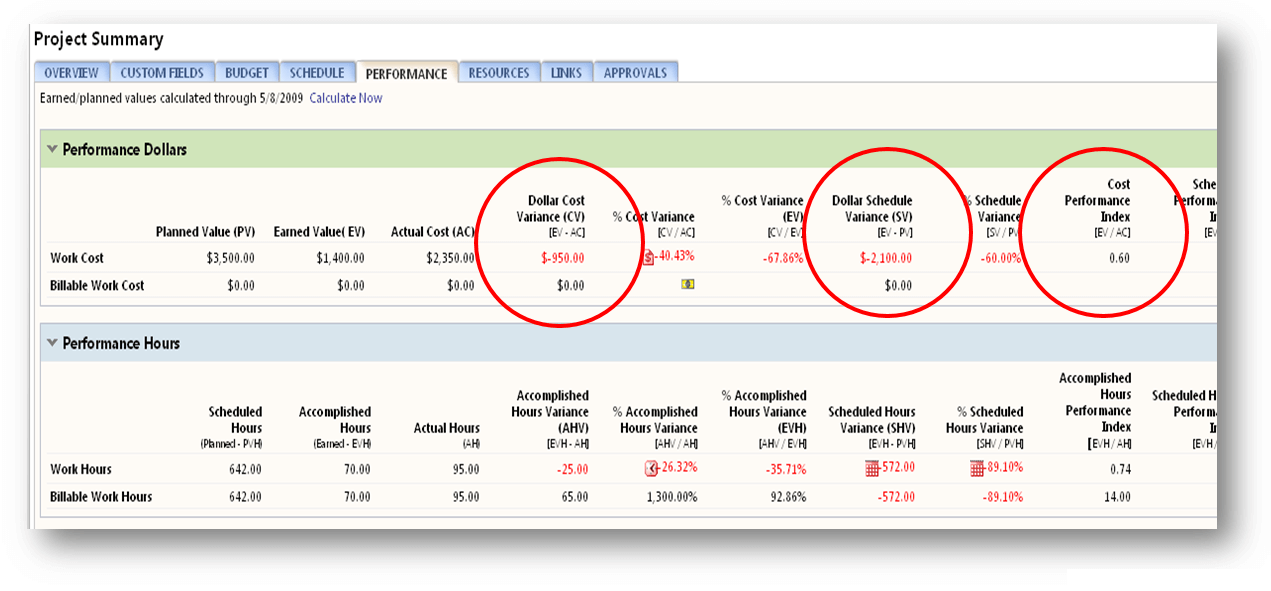Earned value management (EVM) helps you analyse the cost performance, schedule performance, cost variance and schedule variance in your project. Experienced PM’s utilize EVM to assess a project’s progress and to allow the project team to see the health and performance of their project.
[VIDEO] PM in Theory - Earned Value Basics
EVM has several advantages over traditional project management. Traditional management focuses on planned and actual costs while EVM focuses on accomplishments (i.e. what was actually done). In traditional management, a resource might report to you that they have spent half their allotted time. In EVM management, that resource will be reporting what percentage of the work has been completed in the allotted time.
Project Insight offers you Estimated Earned Value as a field that can be added to several reports. You may ask, how are earned value and planned value calculated? Earned value and planned value measure task completion against scheduled work to compare time, cost and schedule performance for the work plan. Project Insight calculates these values as follows:
Earned Value = Work Total Cost x Percent Complete Work
Planned Value = Work Total Cost x Percent Complete Duration through yesterday
APPLYING EARNED VALUE IN PROJECT INSIGHT

Applying Earned Value to your project within Project Insight offers you the ability to dig deep into each individual task and/or look at the overall state of the project. It will allow you to not only control the costs today but also to know the expected budget at completion.
In addition, Project Insight can take it a step further and calculate your Cost Performance Index (CPI). CPI is your Earned Value / Actual Costs. Using the data from your project created naturally by the team working on the project, PI will provide your variances and calculate your CPI. The key in Project Insight’s ability to report this data for you is to have your team use the percent complete functionality. At the end of each day, or as soon as you decide within your organization, your resources will enter their time on each task and report percent complete. It’s easy to fall into thinking, I’ve spent half my allotted time, I must be half complete but the key to making EVM work is to have your resources thoughtfully consider where they are within the task at each reporting period. What have I completed and what do I have yet to complete. Whether ahead or behind, the value is in the reporting of it! It’s only through accurate and consistent reporting of the data that you can get good reporting information.
PERFORMANCE DATA

In summary, EVM (Earned Value Management) is a very powerful tool for project managers, companies and clients. Project Insight has taken the hard work of calculating all these numbers and provides you with timely, significant data that allows you to make decisions in real time and keep your projects on track.
Questions or comments? Feel free to share them below!
You may also like:
ABOUT THE AUTHOR: Patti is a Project Management Consultant with over 15 years of experience managing complex website projects. She works with clients in many industries including software development, healthcare and professional organizations. Learn more about Patti on LinkedIn.